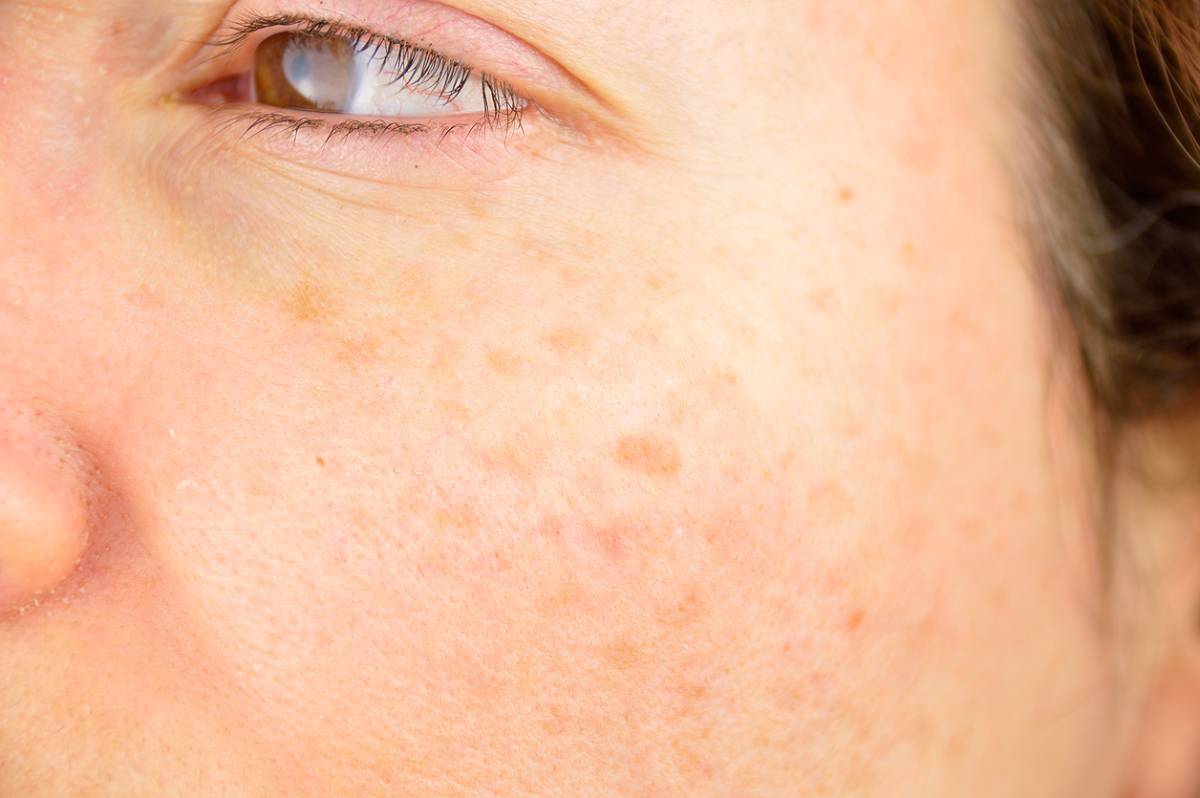Skin cancer is the most common cancer in the United States. In fact, over 4 million Americans are treated for skin cancer every year. Skin cancer occurs in your skin cells and can be caused by exposure to the sun’s harmful rays. However, it can also be caused by artificial sources, such as tanning beds. There are a number of types of skin cancer and prevention is a critical step in reducing your risk for the condition. Below you will find the common risk factors for skin cancer and how you can protect yourself.
Risk Factors for Skin Cancer
Anyone can develop skin cancer. However, there are certain factors that can place you at a higher risk for the disease. If any of the following risk factors apply to you, consider talking to a cosmetic dermatologist to discuss preventative measures.
- Lighter skin color
- Blue or green eyes
- Red or blond hair
- Those who have skin that burns, freckles, reddens, or becomes painful while in the sun
- People who have a family or personal history of skin cancer
- Those who are older
- People who have certain kinds of moles, or a large number of moles
Types of Skin Cancer
There are three main types of skin cancer, including basal cell carcinoma, squamous cell carcinoma, and melanoma. Basal cell carcinoma and squamous cell carcinoma are the two most common types of skin cancer. They are usually not life-threatening, especially if the disease is detected early and properly treated. Melanoma is less common, but it is the deadliest form of skin cancer. If you are at a high risk for skin cancer, consider contacting a professional in cosmetic dermatology in Tampa to ensure you are taking preventative measures to reduce your risk for the disease.
Symptoms of Skin Cancer
Early detection and treatment are key when it comes to skin cancer. If you experience any of the following symptoms, contact a dermatologist right away.
- Skin growth that increase in size or changes color
- New or changing mole
- Sore that does not heal
- Mole that bleeds easily
- Mole or spot that is itchy, tender, or painful
- Changes in the size, shape, or color of an existing mole
- Skin lesion that is crusted, scaly or swollen
- Skin lesion with irregular borders or a combination of colors
Prevention Measures
Prevention is key when it comes to skin cancer. There are a number of proactive steps you can take to ensure you stay healthy and free from skin cancer. Incorporate the following into your regular routine.
Sun Protection:
It is crucial to wear SPF daily, no matter if you are staying indoors or going outside. Use at least SPF 30 and reapply throughout the day as needed. In addition to sunscreen, wear protective clothing and sunglasses when you go outdoors. Protective clothing includes long sleeves, pants, and a wide-brimmed hat. Your sunglasses should also help block UV rays for optimal protection.
Avoid Peak Sun Hours:
The sun is at its most powerful in the middle of the day. Avoid going out in the sun between the hours of 10am and 3pm if possible. If you do have to go outdoors during peak sun house, protect your skin.
Avoid Tanning:
While you may want to look bronzed for your next big event, avoid tanning. This includes tanning outside and using artificial tanning beds. These can cause serious damage to your skin and increase your risk for skin cancer.
Dermatology Visits:
Regularly visiting the dermatologist is a great way to reduce your risk for skin cancer. This is especially true if you have any molds that have changed or look unusual.
Skin Cancer Treatment
If you are concerned about the health of your skin or have any of the symptoms mentioned above, contact a dermatologist right away. Dr. Lombardi at Lombardi Institute of Dermatology is an expert in diagnosis and treatment for skin cancer in Tampa. Contact his office today to schedule a consultation!

